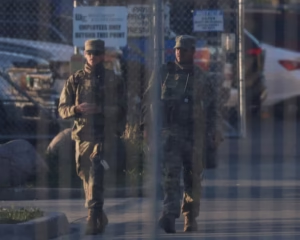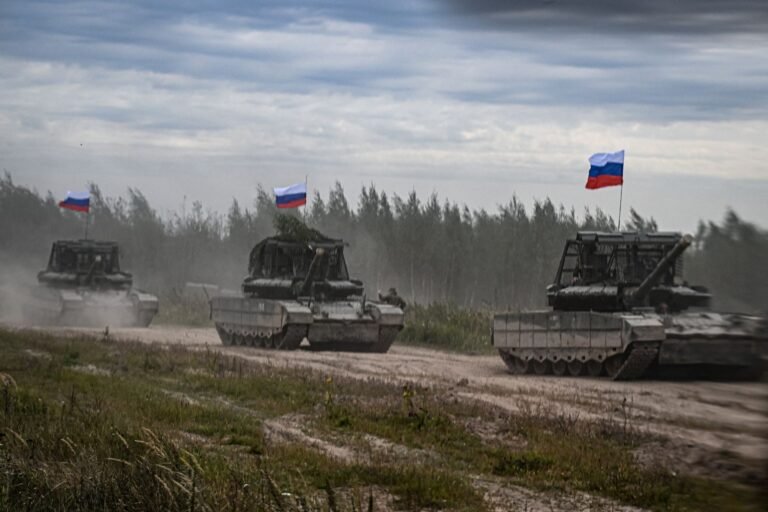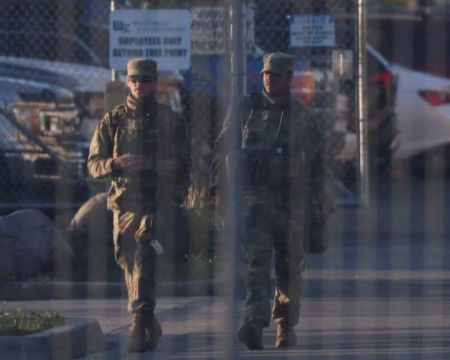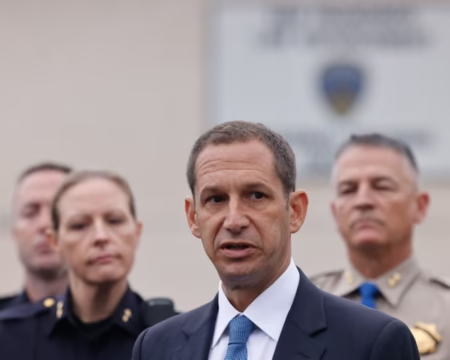Russia has begun large-scale joint military exercises with Belarus, featuring thousands of troops in coordinated war games that include live fire, drone strikes, and complex battlefield simulations. The drills underscore the deepening military partnership between the two countries and highlight Moscow’s determination to maintain pressure on Ukraine and its Western allies.
Belarus has become a critical staging ground for Russian operations since the start of the Ukraine conflict, offering both logistical support and a strategic platform for training. Officials in Moscow described the joint exercises as routine defensive maneuvers, but Western observers view them as a clear demonstration of force aimed at both Kyiv and NATO members in Eastern Europe.
The war games involve combined infantry units, heavy artillery, air-defense systems, and unmanned aerial vehicles designed to test coordination in modern combat scenarios. Russian state media emphasized the role of drone warfare, noting that joint forces are adapting to new technologies that have played a decisive role on the battlefield in Ukraine.
At the same time, Moscow has escalated its criticism of European governments, accusing them of obstructing peace efforts by continuing to arm Ukraine. Russian officials argue that the West is deliberately prolonging the conflict in order to weaken Russia strategically. “It is not Kyiv making the decisions,” one senior diplomat said, “but European capitals that refuse to pursue dialogue.”
The accusations come as frustration mounts in Washington. U.S. officials have cautioned that patience with Moscow’s tactics is wearing thin, warning that continued stonewalling on meaningful negotiations could deepen the conflict and prolong instability. Analysts note that the simultaneous display of military power and blame-shifting rhetoric reflects Russia’s strategy of combining pressure on the battlefield with diplomatic posturing.
Belarus, led by President Alexander Lukashenko, remains one of Moscow’s closest allies. By hosting Russian troops and participating in these drills, Minsk further cements its role as a partner in Russia’s military campaign. Critics argue that Belarus’s involvement also risks making it a target of increased Western sanctions and military countermeasures.
The timing of the drills is seen as significant. With Ukraine pushing for continued Western aid and support, Moscow is using large-scale exercises to signal its readiness for a long conflict. Military analysts suggest that the maneuvers serve not only as training but also as a form of deterrence, reminding NATO members of Russia’s capacity to project force across borders.
European leaders, meanwhile, continue to push for stronger defense cooperation within NATO. The Russian-Belarusian drills are expected to intensify discussions at upcoming alliance meetings, where member states will weigh how best to respond to Moscow’s latest show of strength.
For Ukraine, the message is clear: Russia intends to sustain military pressure even as it denounces Western involvement in the conflict. Kyiv’s leaders have argued that such drills highlight the necessity of ongoing military support from allies, framing the exercises as part of a broader campaign to intimidate Ukraine and destabilize the region.
The Russia Belarus military drills reflect the intertwined nature of diplomacy and military power in the ongoing war. By pairing large-scale maneuvers with sharp accusations against Europe, Moscow is attempting to shape both the battlefield and the narrative surrounding the conflict.
As the exercises continue, the international community is watching closely for signs of further escalation. Whether intended as preparation for future operations or as a warning to the West, the drills serve as another reminder of the fragile state of security in Eastern Europe.







